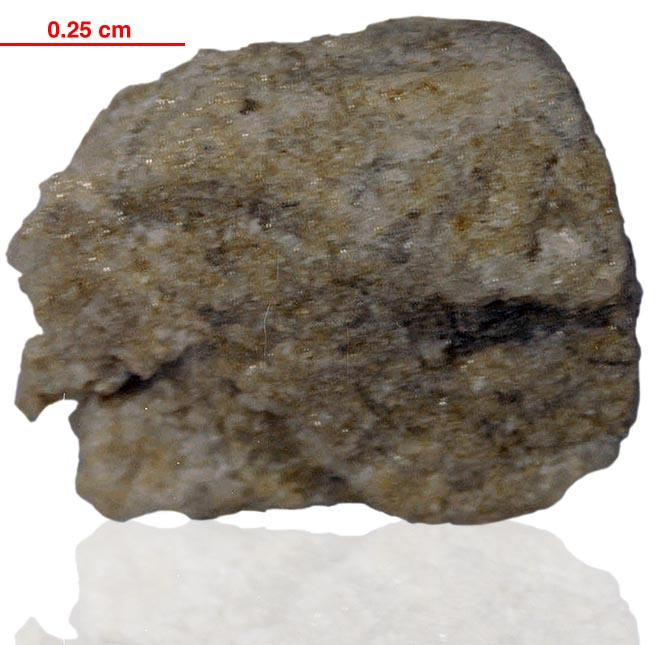
Fact sheet
61224 is a coarse-grained, pristine, plutonic gabbro with a cumulate texture in which chains of anhedral hypersthene and augite grains coexist with plagioclase (An83). The plagioclase has been shocked in situ to a leafy, optically-randomized state, and the grain boundaries are occupied by a selvage of pyroxene-plagioclase glass containing minute cyrstallites. This glass can best be seen in rotation 1, although it is also present in rotation 2.
The sample weighed 0.34 grams before analysis and has not been dated.
Further details of this and other Apollo samples are here: http://curator.jsc.nasa.gov/lunar/
The Apollo 16 landing site was in the hilly region around Descartes crater in the lunar highlands. The landing spot was chosen to allow the astronauts to gather geologically older lunar material (Descartes Formation and the Cayley Formation) than the samples obtained in the first four landings, which were in or near lunar maria.
The mission lasted 11.1 days, with a stay on the lunar surface of 71 hours. The crew were on the lunar surface for 20.2 hours during which they traversed approximately 27 kilometers and collected approximately 96 kilograms of samples.
Apollo 16 was launched on 16 April 1972.






